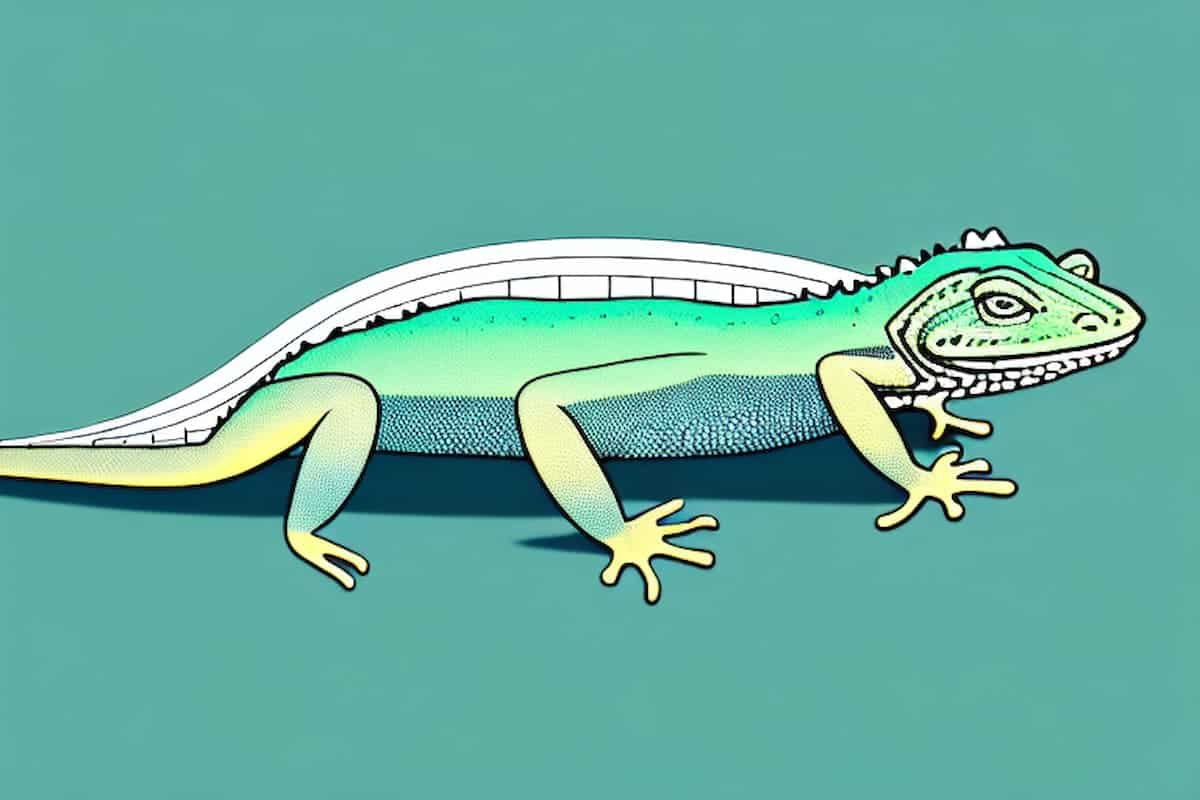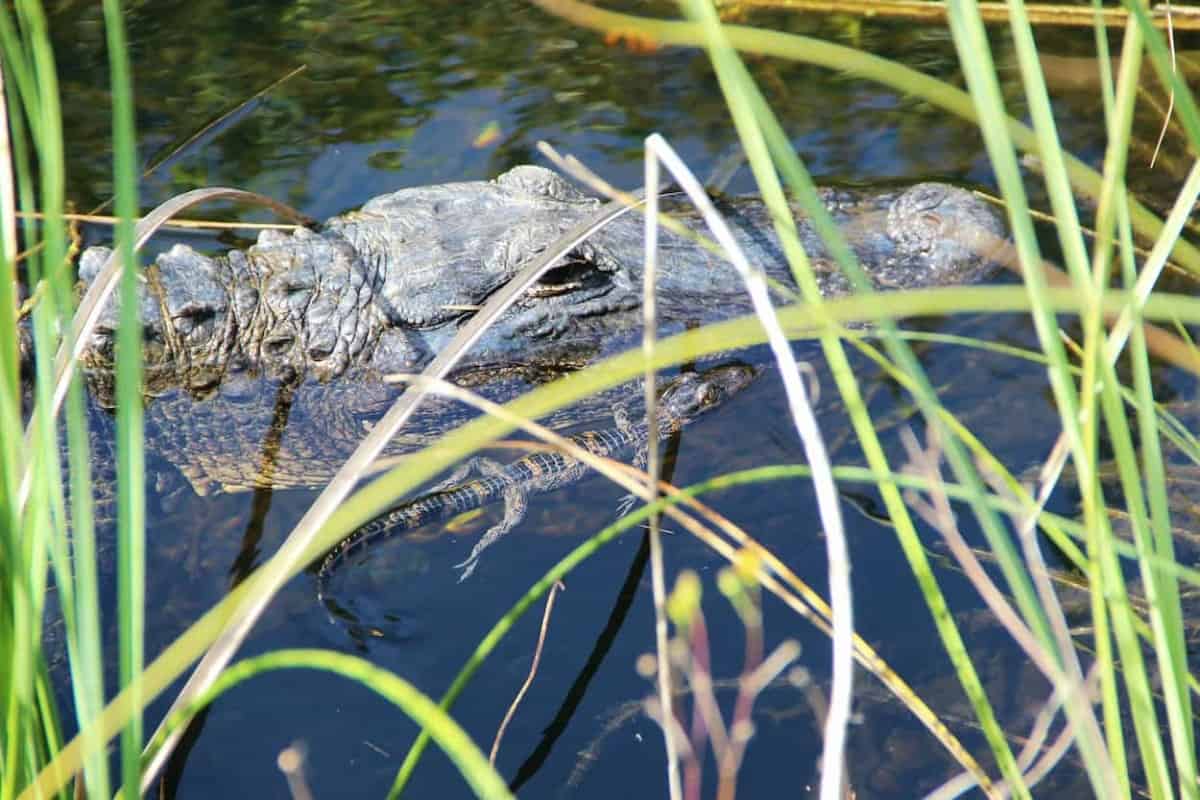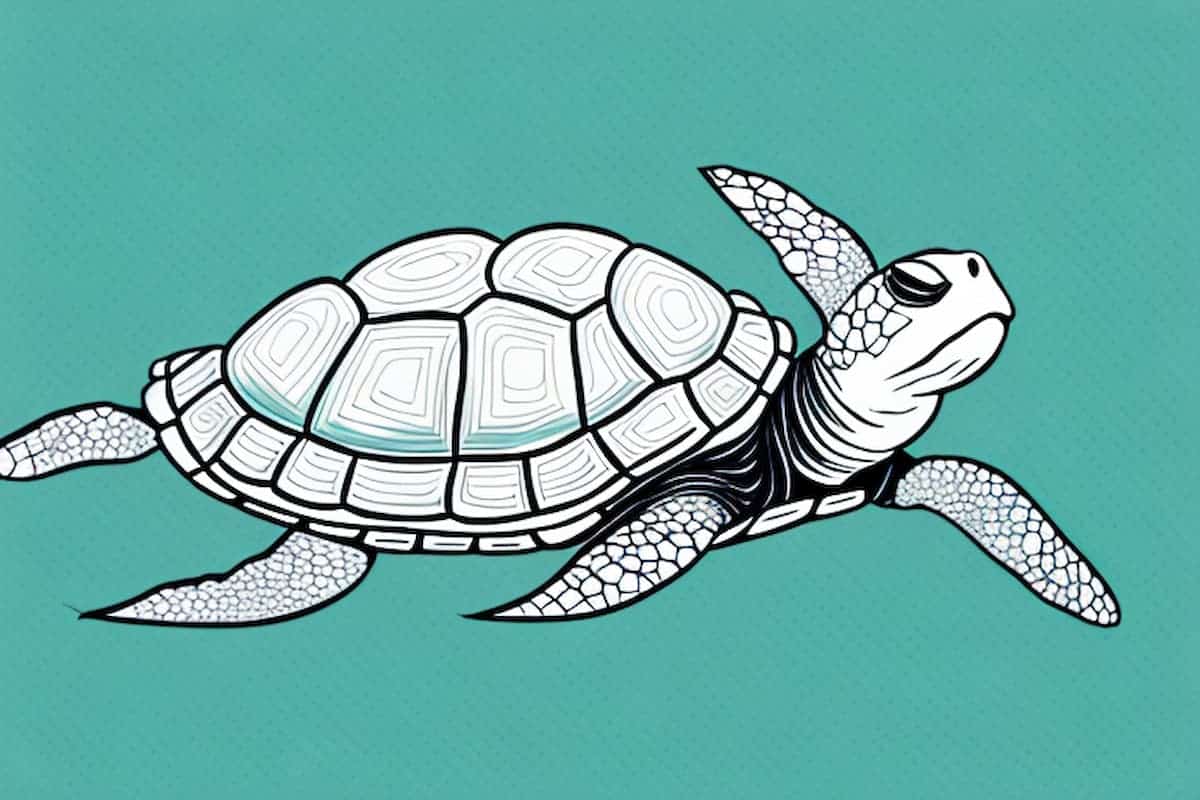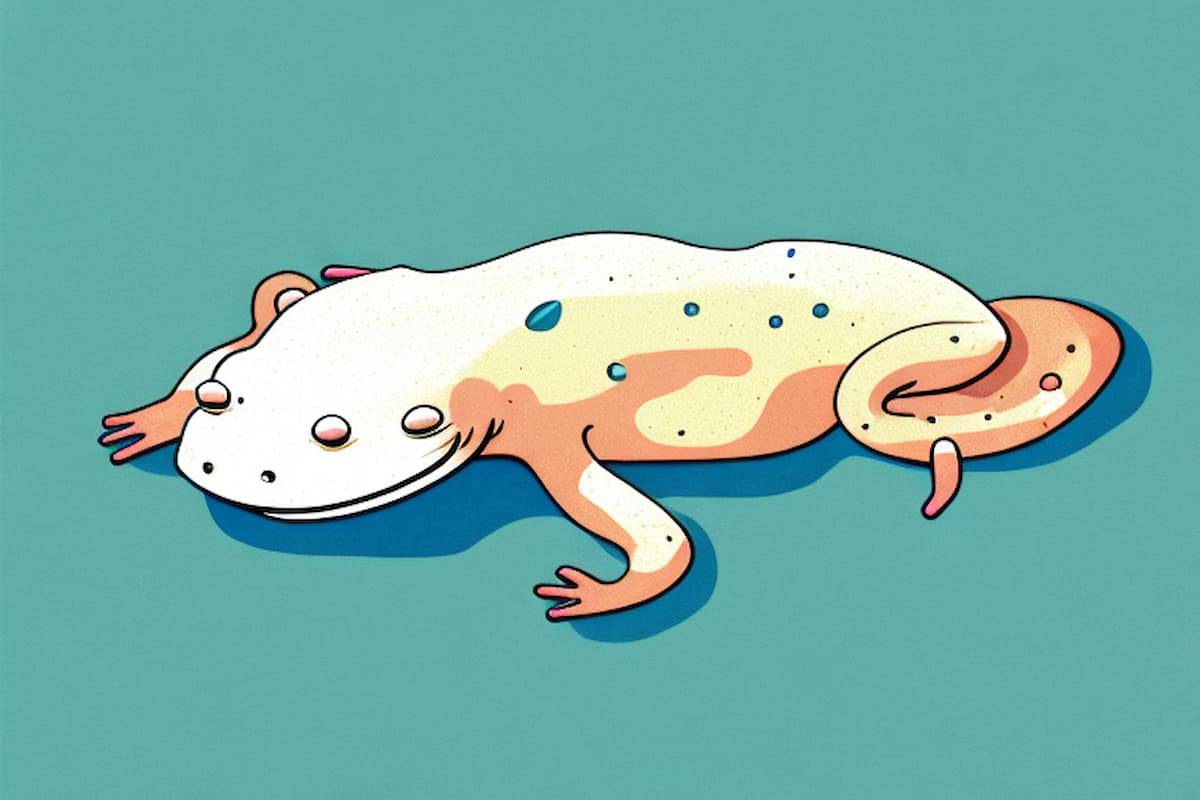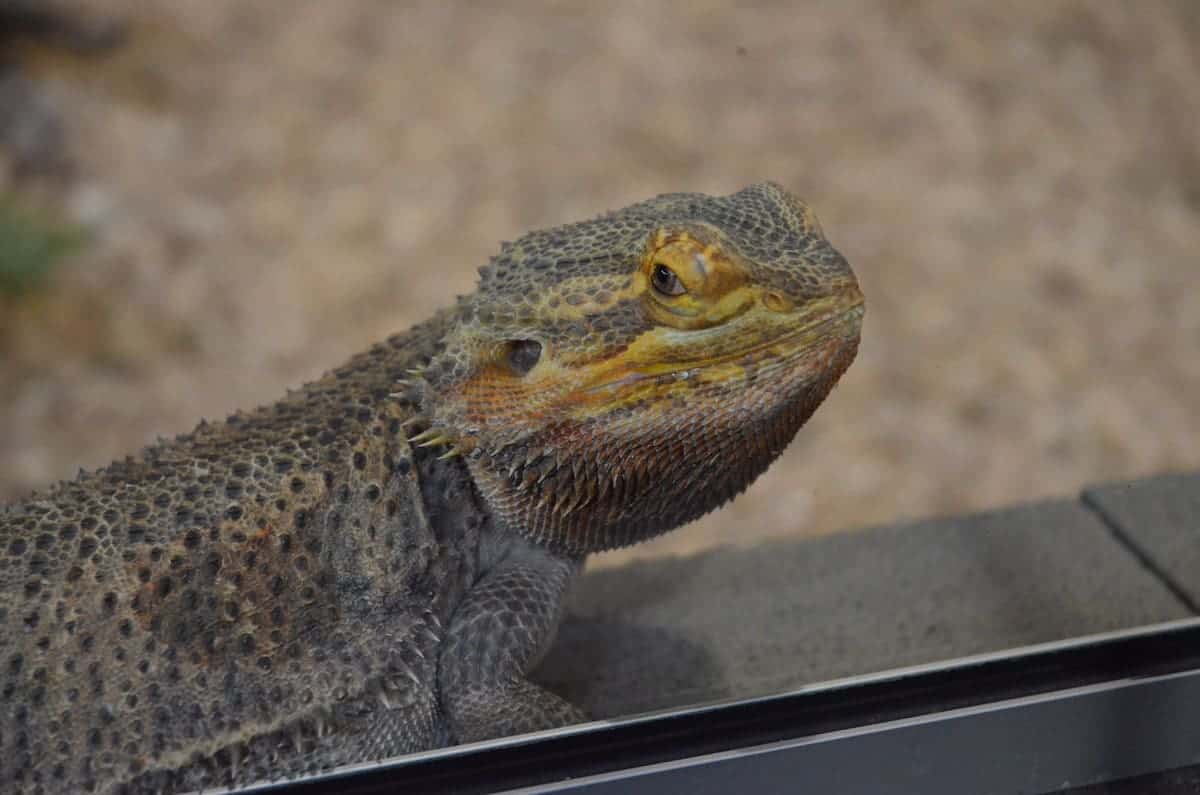Sleep is a vital part of life, and reptiles, including lizards, are no exception. It’s important to understand their sleep habits if you’re a pet owner or if you’re researching these animals. This article will explore the sleep habits of lizards and what makes them different to the sleep habits of other animals, as well as how to ensure your pet lizard is getting enough restful sleep.
What Do We Know About Reptile Sleep?
The sleep habits of reptiles vary significantly from those of other animals. For instance, unlike humans and most mammals, reptiles don’t need to go into a deep sleep each night. This is because their bodies are not able to slow down as much as those of warm-blooded animals. In fact, reptiles may not go into a deep sleep at all during the night.
Reptiles also tend to sleep for shorter periods of time than warm-blooded animals, and they may only sleep for a few hours at a time. Reptiles also don’t always sleep at night, as they are typically nocturnal or crepuscular creatures who are active during the day or during dawn and dusk. While they might take naps throughout the day, they don’t typically have long periods of uninterrupted sleep.
Reptiles also tend to sleep in different positions than other animals. For example, some reptiles may sleep while standing up, while others may sleep while lying on their stomachs or backs. Additionally, some reptiles may sleep in burrows or other sheltered areas, while others may sleep in the open. This is likely due to the fact that reptiles are cold-blooded and need to regulate their body temperature.
How Long Do Lizards Sleep?
The amount of time lizards sleep depends largely on the type of lizard, the temperature of their environment, and their overall health. In general, lizards can go for several days without sleep, and some may even go for weeks or months. For example, some monitor lizards can stay awake for up to three months in between periods of sleep. On average, most lizards will sleep from two to six hours each night.
The amount of sleep lizards need also varies depending on the season. During the winter, lizards may enter a state of brumation, which is similar to hibernation in mammals. During this period, lizards may sleep for longer periods of time, sometimes up to several months. In the summer, lizards may be more active and require less sleep.
What Is the Impact of Light on Lizard Sleep?
Like all reptiles, lizards rely on light cycles to trigger their sleep and wake cycles. When light is present, lizards become more active and alert, and when it’s dark, they become sleepy and less alert. As such, it’s important to simulate natural daylight cycles when keeping lizards in captivity. This can be accomplished by providing a 12-hour dark/light cycle using artificial lights.
It is important to note that the intensity of the light is also important. Too much light can cause stress and disrupt the lizard’s natural sleep cycle. Additionally, the type of light used can also have an impact. For example, UVB light is important for lizards to synthesize Vitamin D, which is essential for their health. Therefore, it is important to use the right type and intensity of light when providing a light cycle for lizards.
The Different Types of Sleep in Lizards
Lizards experience three different types of sleep: torpor, active sleep, and restful sleep. Torpor is a state of dormancy similar to hibernation, while active sleep is period of light sleep when a lizard may twitch, move its eyes, or even search for food. During active sleep, lizards may move from one location to another in search of food or sleep in a new spot.
The third type of sleep lizards experience is known as restful sleep. During this period, the lizard’s heart rate and breathing will slow down and its muscles will relax. This type of sleep is believed to be important for the lizard to properly rest and restore its energy.
In addition to the three types of sleep, lizards also experience short periods of wakefulness throughout the day. During these periods, lizards may move around, search for food, or interact with other lizards. This wakefulness helps lizards stay alert and aware of their surroundings.
Do Different Species of Lizards Have Different Sleep Habits?
Yes, different species of lizards have different sleep habits. For example, some lizards may be more active during the day than others. The amount of time lizards spend sleeping will also vary from species to species, with some lizards sleeping for up to 6 hours a day while others may only sleep for a few hours at a time.
In addition, the type of sleep lizards experience can also vary. Some lizards may enter a deep sleep, while others may enter a light sleep. This can be affected by the environment they are in, as well as the amount of light and noise present. It is important to understand the sleep habits of the specific species of lizard you are caring for in order to ensure they are getting the rest they need.
Does the Environment Affect a Lizard’s Sleep Habits?
Yes, environmental factors such as temperature and humidity can have an impact on a lizard’s sleep habits. A cooler environment is more conducive to longer periods of restful sleep, while a warmer environment may lead to more active sleep with more frequent periods of wakefulness.
Understanding the Health Benefits of Adequate Lizard Sleep
Adequate sleep is important for lizards in order for them to function at their best. Without adequate restful sleep, lizards can become weak and lethargic. They are also more vulnerable to illness and stress when they are not getting enough restful sleep.
Tips for Ensuring Your Lizard Gets Enough Restful Sleep
In order to ensure your lizard is getting enough restful sleep, it’s important to create an environment that encourages restful sleep. Keeping your lizard in an enclosure with comfortable temperature and humidity levels, as well as providing a 12-hour light/dark cycle can help ensure that your lizard gets enough restful sleep.
In addition, providing plenty of hiding spots within the enclosure can help your lizard feel safe and secure, which can encourage more restful sleep.
By understanding the different types of sleep that lizards experience and creating an environment that is conducive to restful sleep, you can help ensure your pet is getting enough rest.
